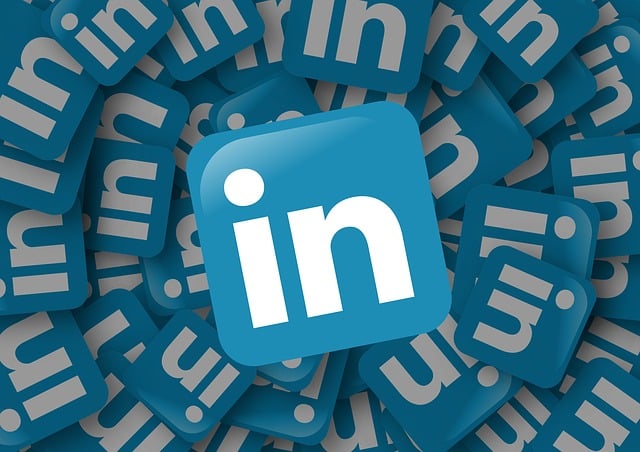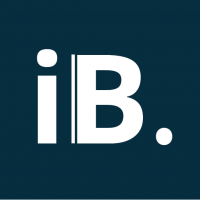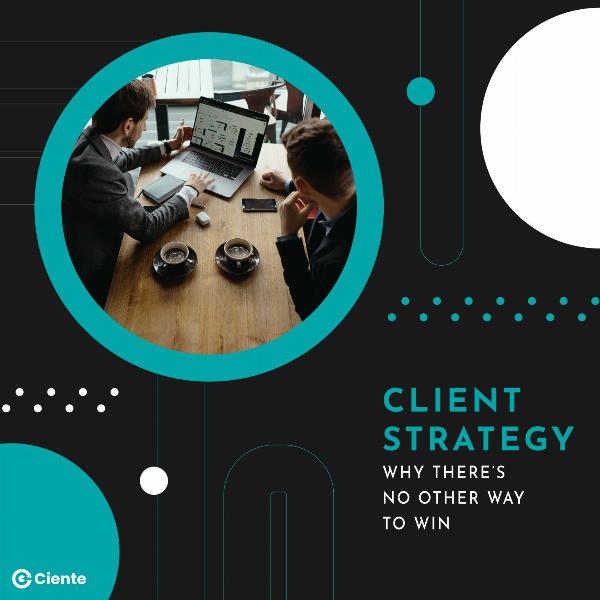Reaching Procurement Officers: LinkedIn Targeting for Industrial & Manufacturing Brands

Strong 8k brings an ultra-HD IPTV experience to your living room and your pocket.
For industrial and manufacturing businesses, the people who control the purchasing process aren’t usually flashy. They don’t shout about their job titles on social media, and they rarely engage with traditional brand-building content. But procurement officers, purchasing managers, and supply chain specialists are often the ones who decide whether your products get into a facility—or get passed over.
This makes them critical to reach, but notoriously difficult to market to.
What’s changing is their behavior. These professionals are spending more time on LinkedIn—researching vendors, reviewing suppliers, and keeping up with industry updates. If your company isn’t part of that digital footprint, you risk getting left out of shortlists before they’re even created.
Targeting Procurement Roles with LinkedIn’s Filters
One of the platform’s strongest advantages is its targeting precision. Unlike broader ad channels, LinkedIn lets you home in on exact job functions, titles, industries, and even years of experience. This makes it ideal for reaching professionals involved in procurement across sectors like construction, logistics, manufacturing, energy, and infrastructure.
Here’s how to approach it:
Job Titles: Start with “Procurement Manager,” “Purchasing Officer,” “Category Manager,” “Strategic Sourcing Specialist,” and “Supply Chain Manager.” Don’t forget regional variations like “Commercial Manager” in the UK or “Materials Planner” in manufacturing-heavy regions.
Job Functions: Pair these with broader filters like “Operations,” “Purchasing,” or “Supply Chain.”
Industry Filters: To refine your audience, filter by relevant industries such as “Automotive,” “Oil & Energy,” “Machinery,” or “Chemicals.”
And if your offering is more niche, consider excluding unrelated industries to preserve budget and message clarity.
What Kind of Content Speaks to This Audience?
Procurement officers aren’t drawn to fluff or vague brand promises. They care about:
Product specs and certifications
Lead times and reliability
Total cost of ownership
Risk mitigation (e.g., compliance, sourcing ethics)
Operational efficiency and supplier performance
That doesn’t mean your ads should read like a spec sheet—but they should be grounded in substance.
Carousel ads showing how your components reduce failure rates, videos detailing your manufacturing process, or infographics comparing cost savings vs. competitors can work well. Keep messaging sharp, straightforward, and results-oriented.
One overlooked tactic? Sharing customer success stories focused specifically on fulfillment consistency or long-term partnerships—procurement officers love suppliers who show up and deliver.
A Thoughtful Funnel Strategy Pays Off
Like most B2B journeys, targeting procurement professionals works best with a layered approach:
Top-of-Funnel: Focus on visibility and credibility. Educational posts, certifications, industry partnerships, or safety milestones help build trust without selling.
Mid-Funnel: Nurture interest with downloadable product comparison sheets, factory walkthroughs, or ROI calculators.
Bottom-of-Funnel: Introduce gated assets like detailed spec catalogs or quote requests, and retarget viewers who showed high intent.
It’s not always about volume—it’s about influence. Procurement decisions are often slow, consensus-driven, and based on previous reliability. So your campaign strategy needs to reflect that timeline.
Retargeting and Lead Gen Form Strategies
If someone from your target audience clicked a carousel ad or spent time on a product page, don’t let that signal go cold. Retargeting them with deeper content—like a case study or performance report—can move them closer to action.
LinkedIn Lead Gen Forms also play a crucial role here. Since procurement officers are usually pressed for time, a seamless form experience that’s pre-filled with their LinkedIn info increases the chance they’ll respond. Use these forms not just to offer demos, but to deliver useful gated content like maintenance checklists or procurement audit templates.
Some of the best practices for LinkedIn ads in this space include:
Keeping ad creative minimal and benefit-led
A/B testing different formats (carousel, single image, video)
Segmenting campaigns by role seniority (e.g., buyers vs. heads of procurement)
Aligning CTAs with funnel stage (e.g., “Download our spec sheet” vs. “Book a consultation”)
What to Avoid When Targeting Procurement Pros
Avoid vague messaging like “Improve your operations” or “Streamline your workflow.” Procurement professionals want clarity—what exactly do you offer, and what’s the upside for their purchasing process?
Also, resist using overly technical jargon if it doesn’t add value. Simplicity and precision win.
Finally, don’t ignore mobile optimization. While many imagine procurement teams sitting behind desktops, a significant portion of LinkedIn usage happens on mobile—especially during commute hours or factory floor breaks.
Final Thoughts: Quiet Influence Deserves Clear Strategy
Procurement officers might not be flashy, but they hold the keys to some of the most valuable partnerships in industrial and manufacturing sectors. A smart LinkedIn strategy—grounded in relevance, clarity, and trust—can help you cut through the noise and get your offering in front of the right eyes.
Whether you’re launching a new product line or expanding into new markets, these professionals won’t find you unless you’re intentional about meeting them where they already are. Do it well, and you won’t just generate leads—you’ll build relationships that convert over time.
Note: IndiBlogHub features both user-submitted and editorial content. We do not verify third-party contributions. Read our Disclaimer and Privacy Policyfor details.







